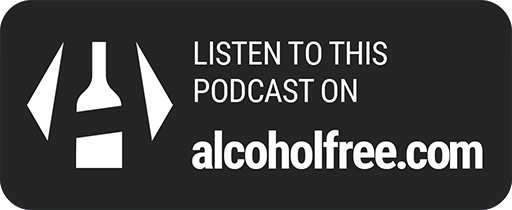American Society of Addiction Medicine

American Society of Addiction Medicine
Lead: Trends in hallucinogen-associated emergency department visits
Lead: Trends in hallucinogen-associated emergency department visits
Lead: Trends in hallucinogen-associated emergency department visits
Tuesday 23rd January 2024
Dive into the rise of hallucinogen-related ER visits in California and other key updates in addiction medicine on 'Addiction Medicine Unpacked'.
7 minutes
Informative
Empowering
Insightful
Raw
Transformative
About this podcast
Author:
American Society of Addiction Medicine
Overview:
Categories:
Innovative Treatments & Recovery Paths
Navigating Alcohol Dependency
Family Recovery from Addiction
Nutritional Pathways to Recovery
Navigating Intimate Relationships
Links:
Visit site
Episodes:
140 (View all)

Do you want to link to this podcast?
Get the buttons here!Hallucinogen Surges: Unpacking Emergency Visits and More
Episode Overview
- Hallucinogen-associated emergency department visits in California increased by 54% from 2016 to 2022
- Risk Mitigation Guidance for opioid and stimulant dispensations linked to lower mortality rates
- Significant variation in Medicaid Managed Care Prior Authorization for Buprenorphine based on plan structure and state political environment
- Childhood trauma associated with distinct neurobiological profiles in long-term nicotine smokers
- Cannabis use during opioid use disorder treatment shows no association with non-medical opioid use
The authors conclude that additional research is needed to assess hallucinogen-associated potential harms.
Picture this: emergency rooms in California are seeing a 54% spike in hallucinogen-related visits. What's driving this surge, and what does it mean for the future of addiction medicine? This episode of 'Addiction Medicine Unpacked' dives into these questions and more. With hallucinogens gaining popularity as potential therapeutic agents, there's a growing perception that they're safe. But the numbers tell a different story.
From 2016 to 2022, hallucinogen-associated hospital admissions also jumped by 55%, while alcohol-related visits dropped and cannabis-related visits saw a modest rise. The episode doesn't stop there. It also tackles critical topics like risk mitigation for opioid prescriptions, the hurdles of Medicaid managed care for buprenorphine, and the long-term impact of childhood trauma on nicotine use. You'll hear a touching account from a physician about a young woman's battle with endocarditis due to injection drug use.
And if that's not enough, the episode wraps up with a look at how adolescents and adults in New England perceive tobacco-free nicotine e-cigarettes. Whether you're a healthcare professional, someone touched by addiction, or just curious about the evolving landscape of addiction medicine, this episode is packed with essential insights and real-world applications.
